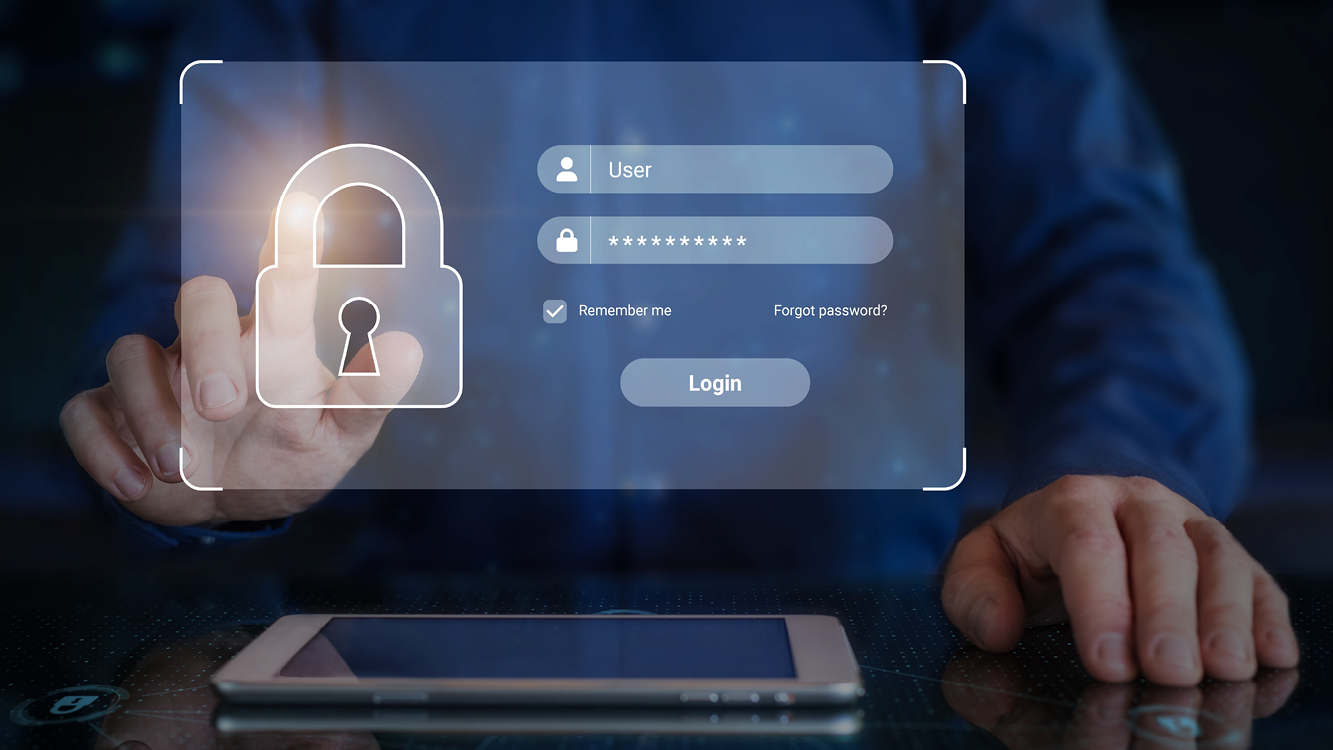2 min read
Don’t Overlook Digital Credentials as a Security Revenue Source
![]() Dev Pro Journal
June 28, 2024 5:49:20 AM EDT
Dev Pro Journal
June 28, 2024 5:49:20 AM EDT

These solutions can help enhance your clients’ safety and security while growing your business.
The security solution market in Europe is forecast to grow from USD 56.96 billion in 2024 to 95.17 billion in 2029. The threat landscape’s evolution and complexity are driving that 10.81 percent compound annual growth rate (CAGR). The demand for security solutions creates a promising opportunity for technology solutions providers (TSPs). However, building a security revenue stream doesn’t have to be limited to antivirus, firewalls, email, website, and network security. You can also help businesses and organizations meet requirements for access control with virtual credentials.
Who Needs Digital Credentials?
Access control is essential in several industries. Healthcare organizations, for example, need to confirm identity before granting entry to specific hospital areas, equipment or systems, or allowing entry to pharmacy stock rooms where they store controlled substances. Financial services organizations secure entry to restricted areas and track who has accessed systems and currency. The technology industry relies on identity authentication to protect intellectual property and comply with cybersecurity regulations, and manufacturing facilities use credentials to ensure employee and visitor health and safety.
Digital credentials can address all these needs while offering a solution that’s easy to implement and manage from a centralized location.
What Are Digital Credentials?
Digital credentials, like traditional key cards, fobs, and badges, control access to specific spaces of a facility, store, office, branch, or campus. However, unlike traditional identity authentication methods, virtual credentials leverage employees’ mobile devices, turning smartphones, smartwatches, or other devices into digital keys.
Businesses and organizations can issue virtual credentials through an app to employees or an SMS or email link to visitors. Users then hold their phone near the door lock, gate, elevator, or other entry to a restricted area. The device communicates with the lock via Wi-Fi, Bluetooth, near-field communication (NFC) or other form of RFID, and if the user has permission to enter the area, the lock opens.
How Your Clients Benefit from Digital Credentials
Digital credentials can drive sales to build your security revenue stream for several reasons:
- Cost: Because businesses and organizations leverage employees’ smartphones or other mobile devices for access control, they don’t have to purchase and configure ID cards, badges, or fobs.
- Time: Administrators can issue credentials without leaving their offices and with little disruption to an employee’s workflow or a new employee’s training schedule. One administrator can even handle access control credentials for an entire enterprise across a wide geographic area.
- Control: Administrators can grant and revoke permissions with just a few clicks, so access control also ends when employment or a visit ends. Administrators can also more easily change the level of permissions that employees have if their roles or company policies change.
- Touchless Entry: Some systems can open a door automatically, so employees don’t have to touch a shared device or door handle to gain entry. This feature can enhance employee health and safety during periods when viruses are actively spreading.
- Stronger Security: An employee can lose a card, badge, or fob, and malicious actors can steal them. If those items fall into the wrong hands, unauthorized people can gain entry to restricted areas, putting security and safety at risk. Digital credentials require employees to unlock their mobile devices before use, approximating “built-in” multifactor authentication (MFA) in these solutions. Administrators can also provide an additional layer of protection with biometric authentication or other means.
- Digital Logs: Like smart card systems, virtual credentials track access to restricted areas, providing audit trails for regulatory compliance and enabling administrators to pinpoint who had access if an incident occurs.
Ready to Expand Your Security Solution Portfolio?
When you educate your customers on the benefits of digital credentials, remember to add that it’s typically effortless for them to switch from traditional types of credentials. So, easy migration, stronger security, lower costs, time savings, and greater control make virtual credentials a compelling choice for your customers and prospects. In addition, they are also a valuable addition to the other security solutions you offer, allowing you to develop a multilayered security strategy for your clients.
Explore how you can make your customers’ operations more secure and your security revenue stream more robust with virtual credentials.


